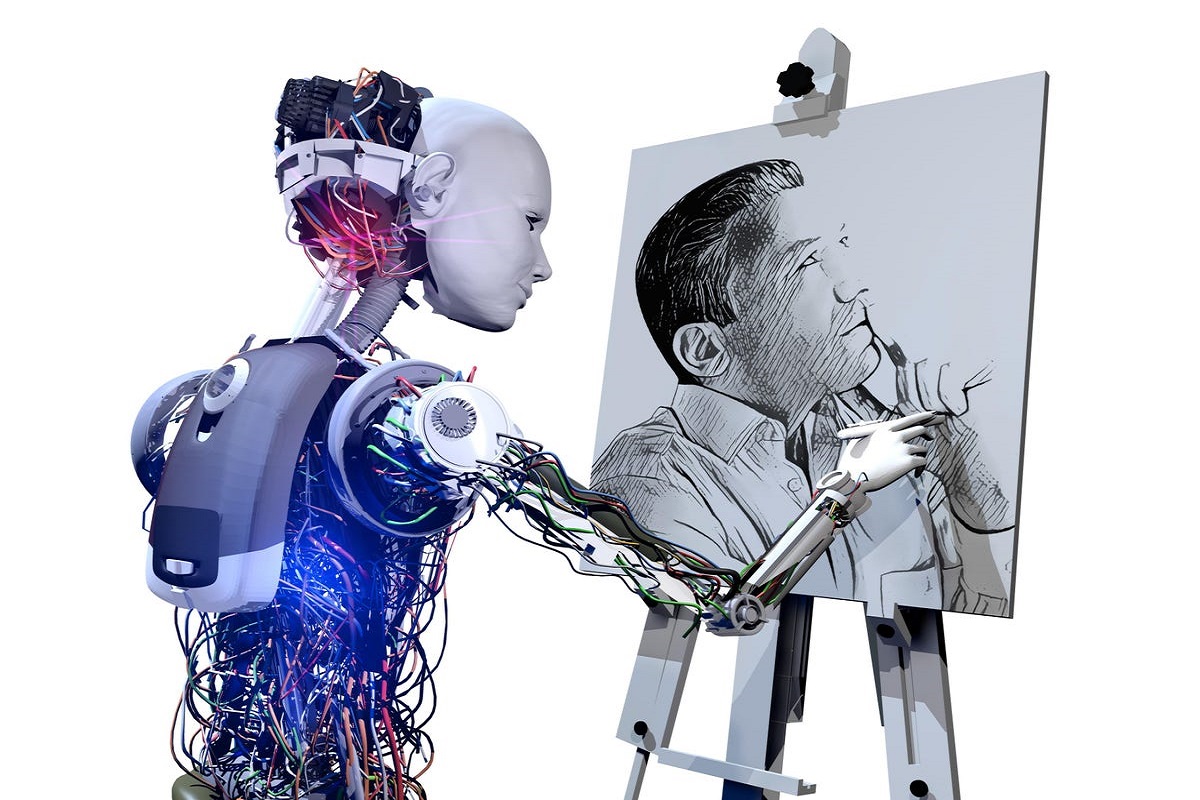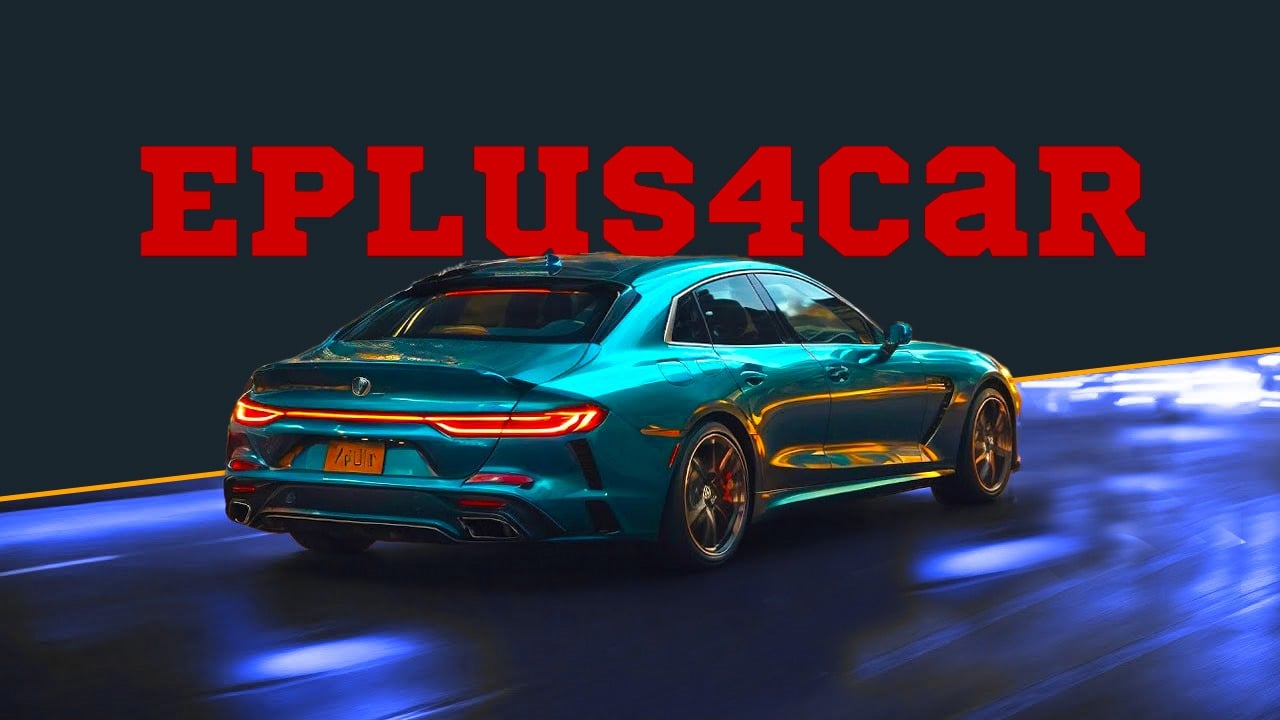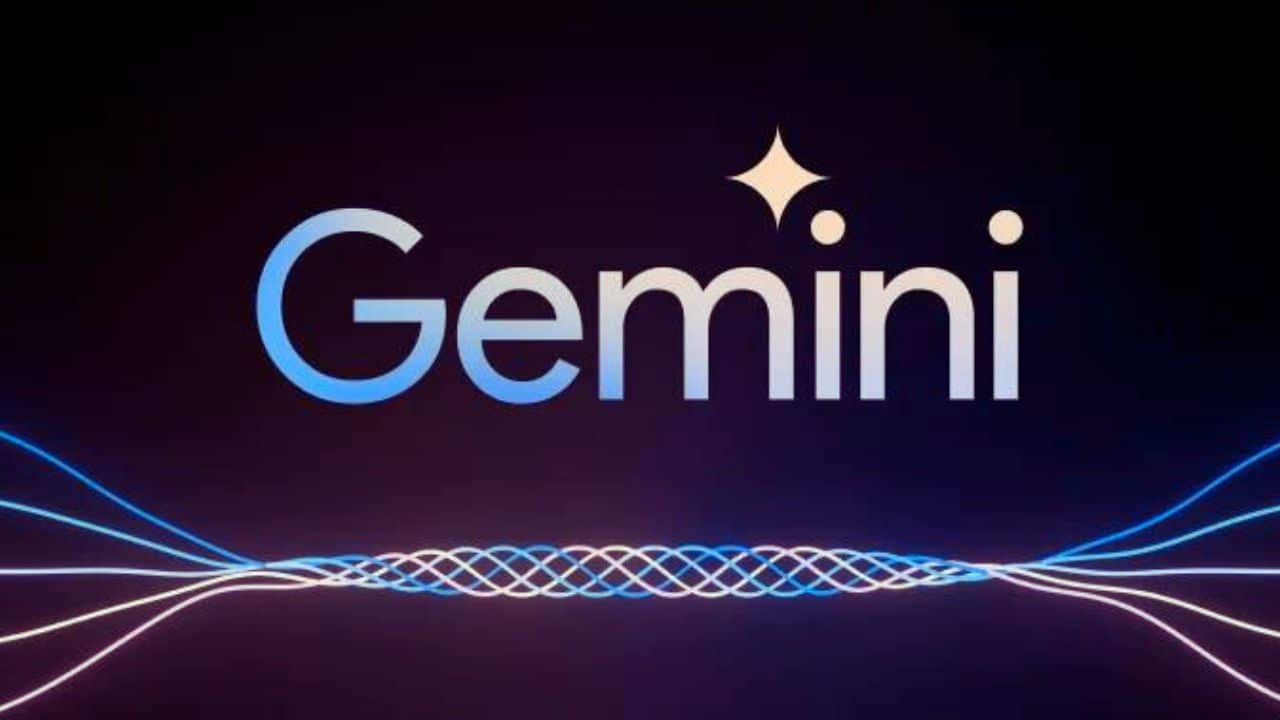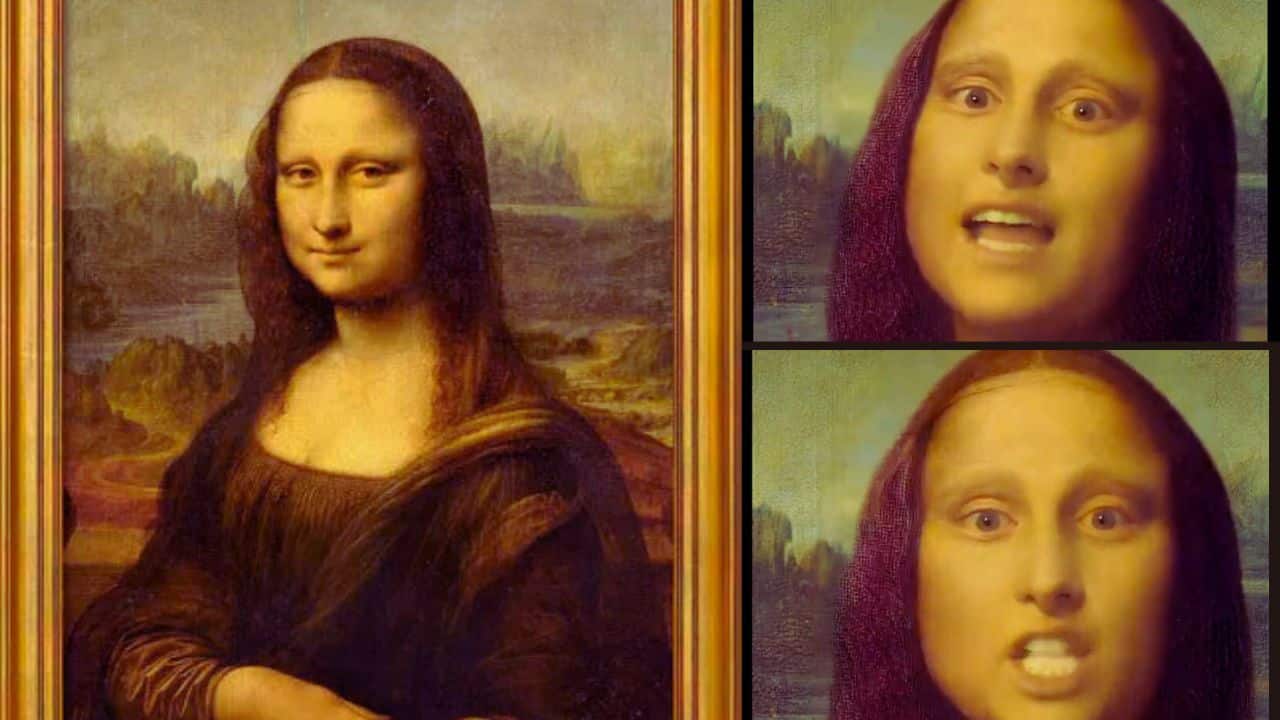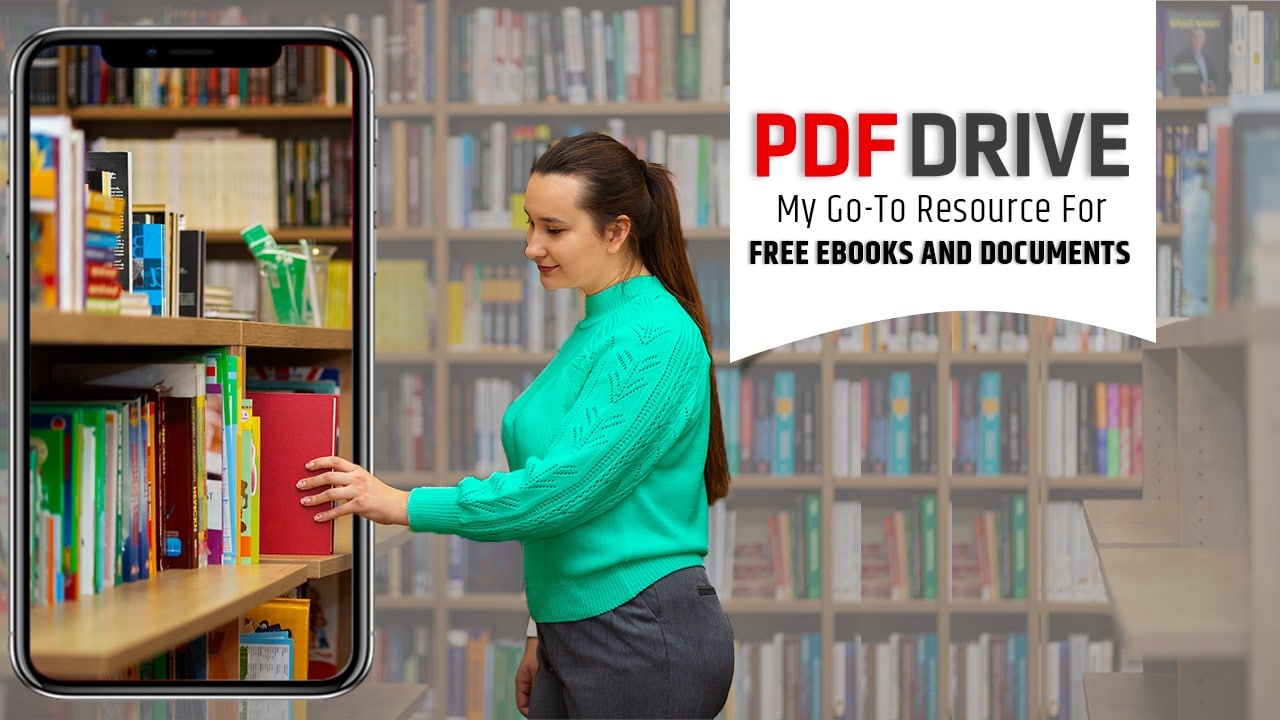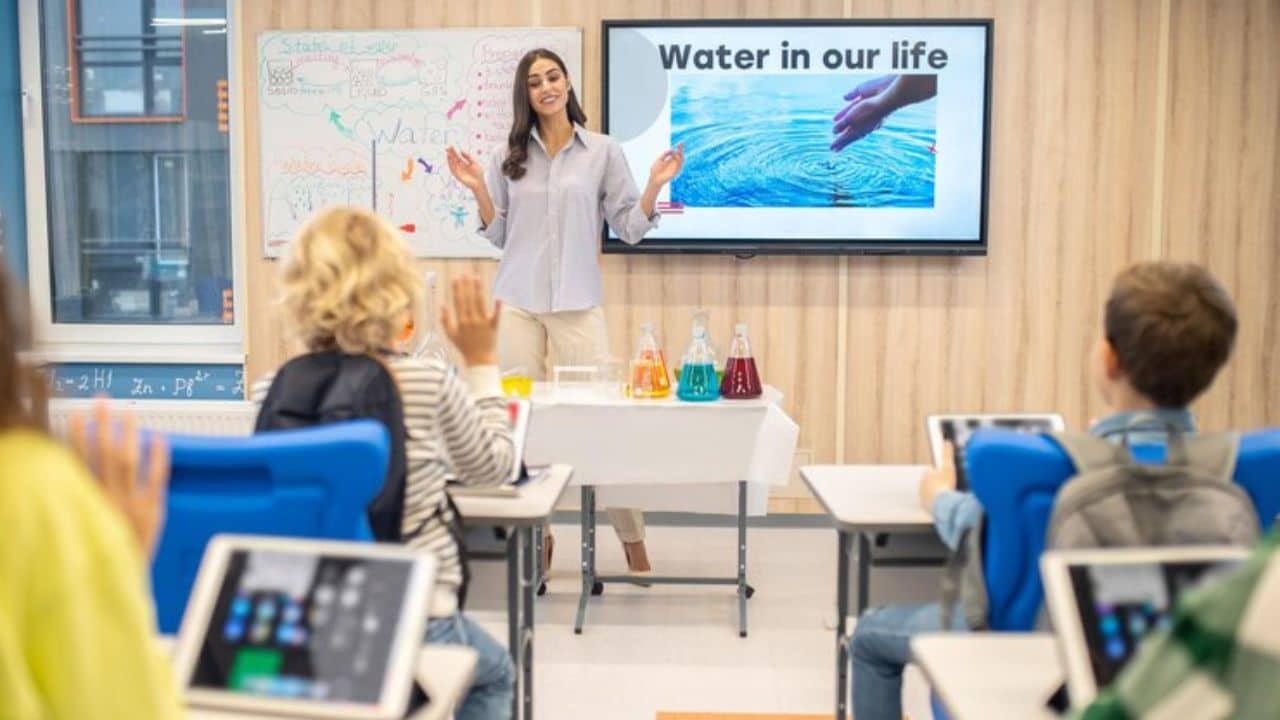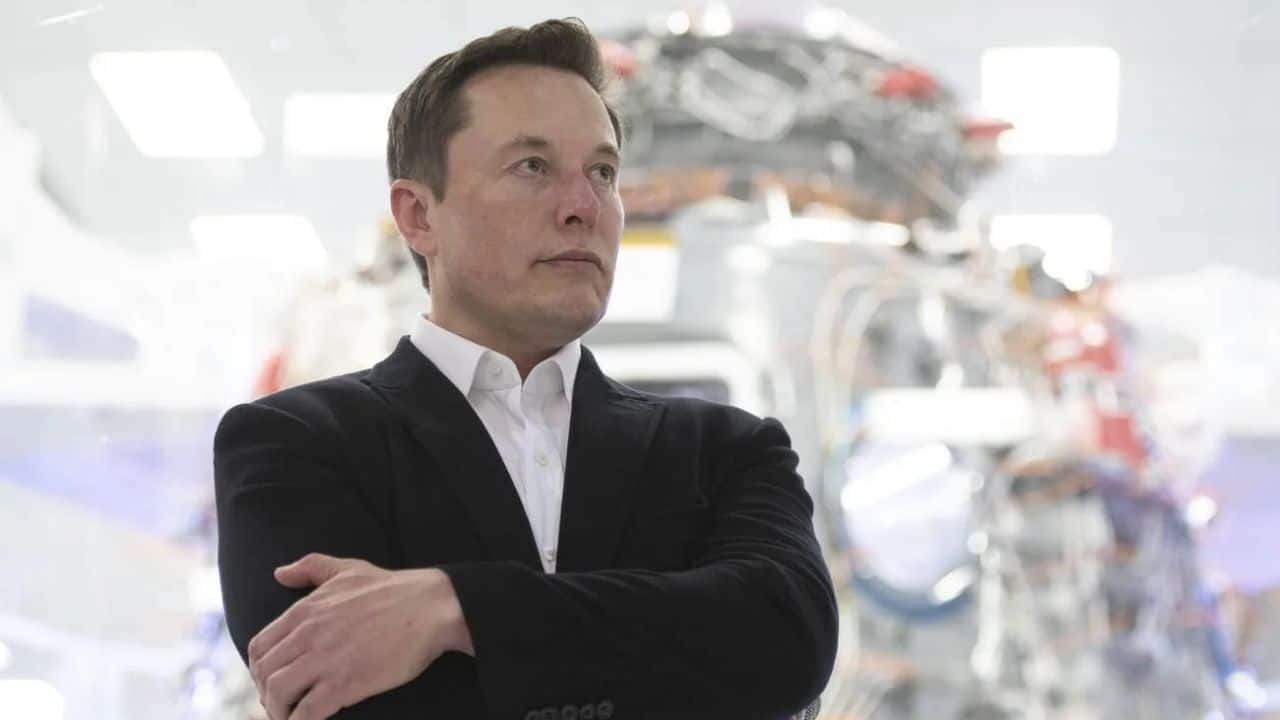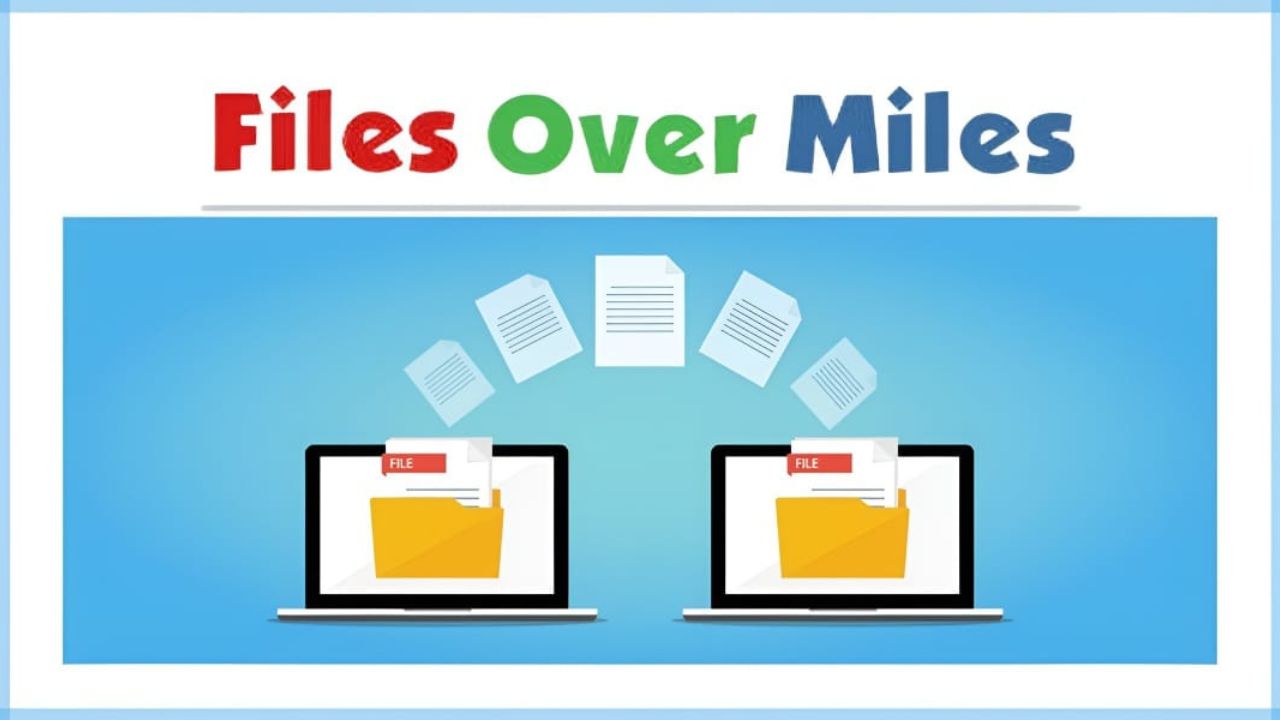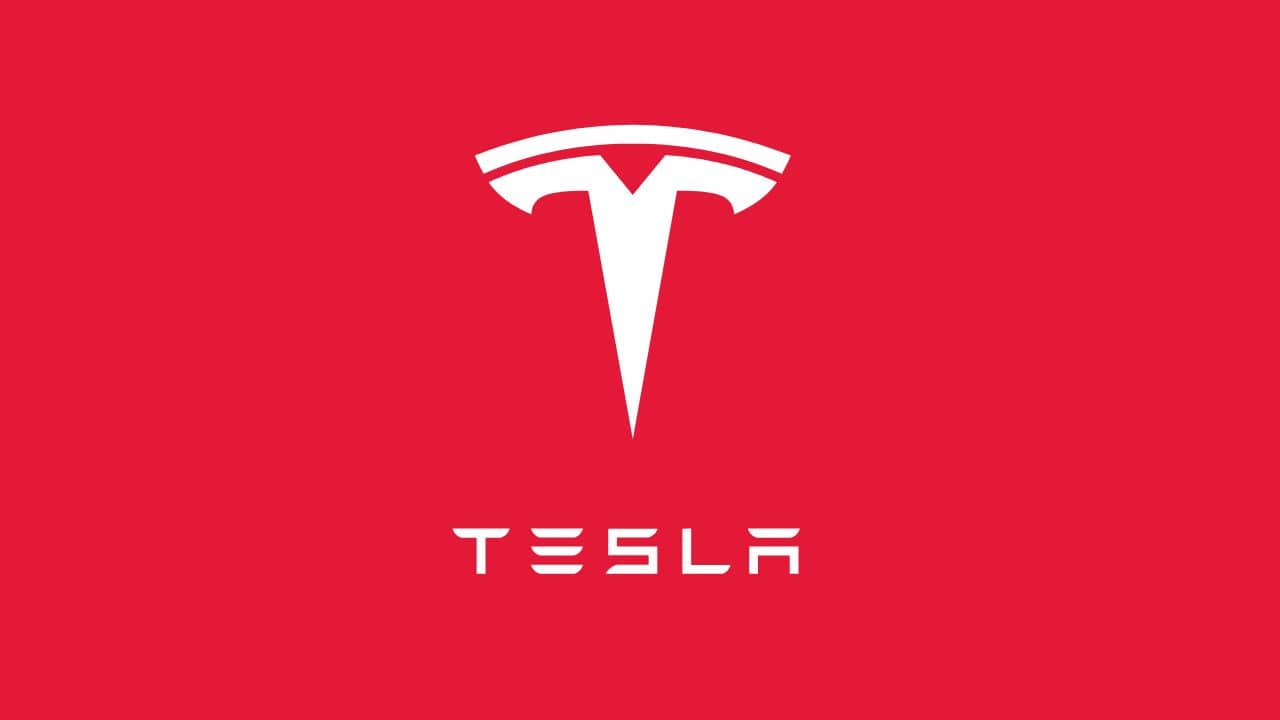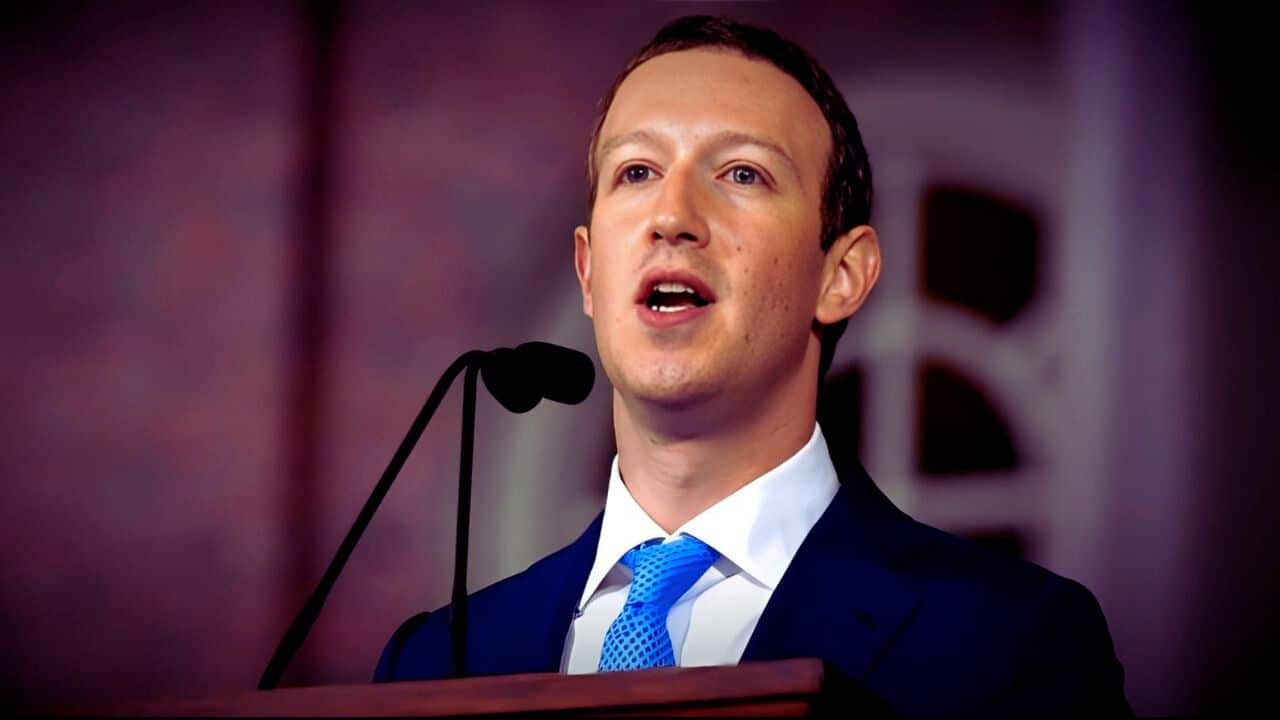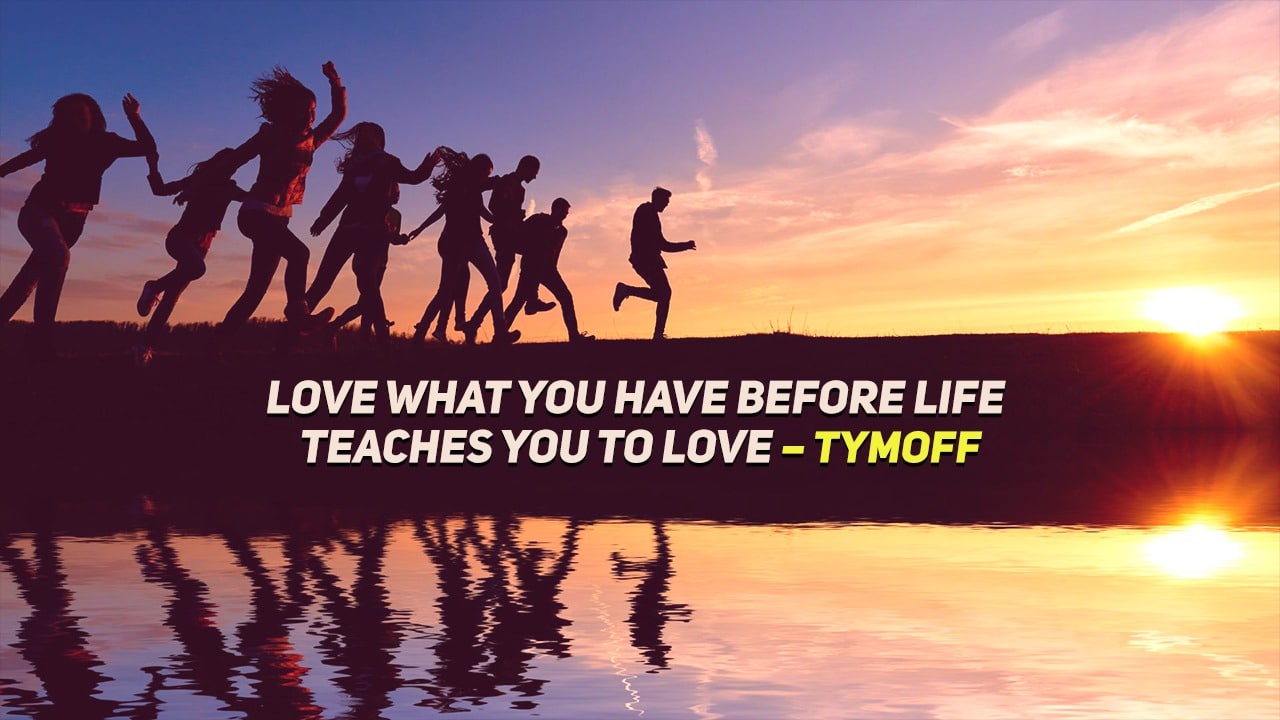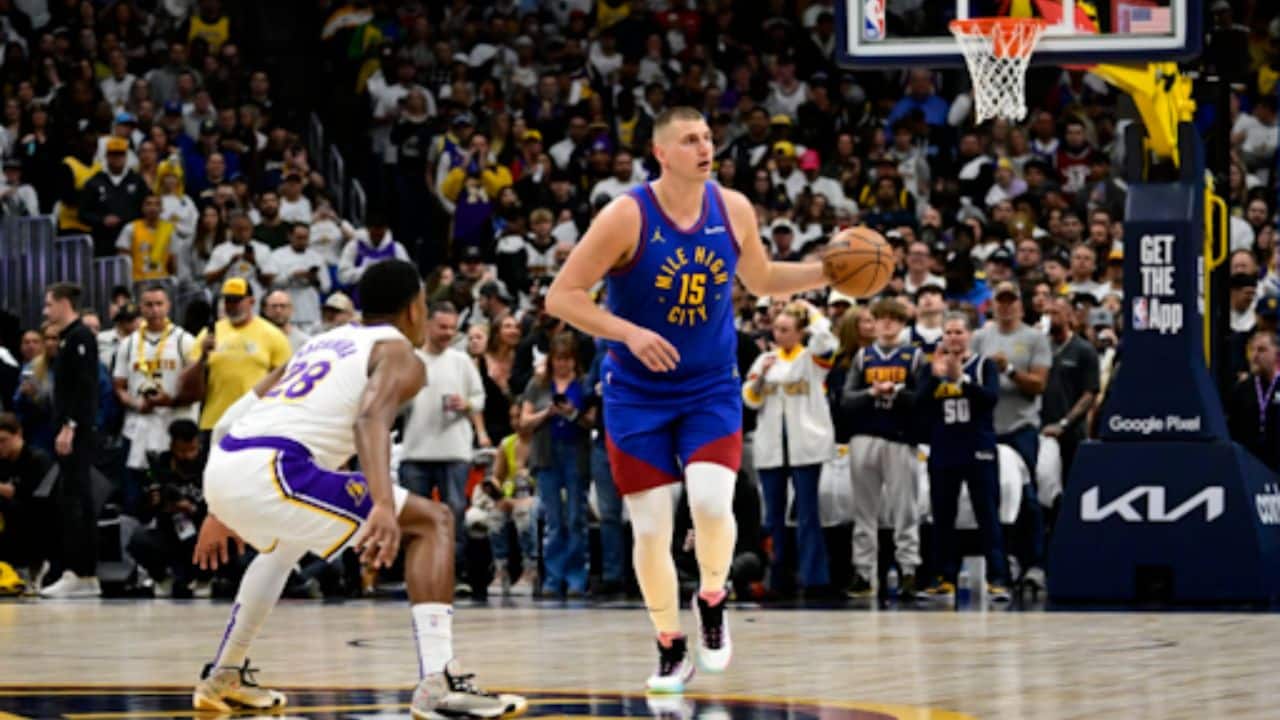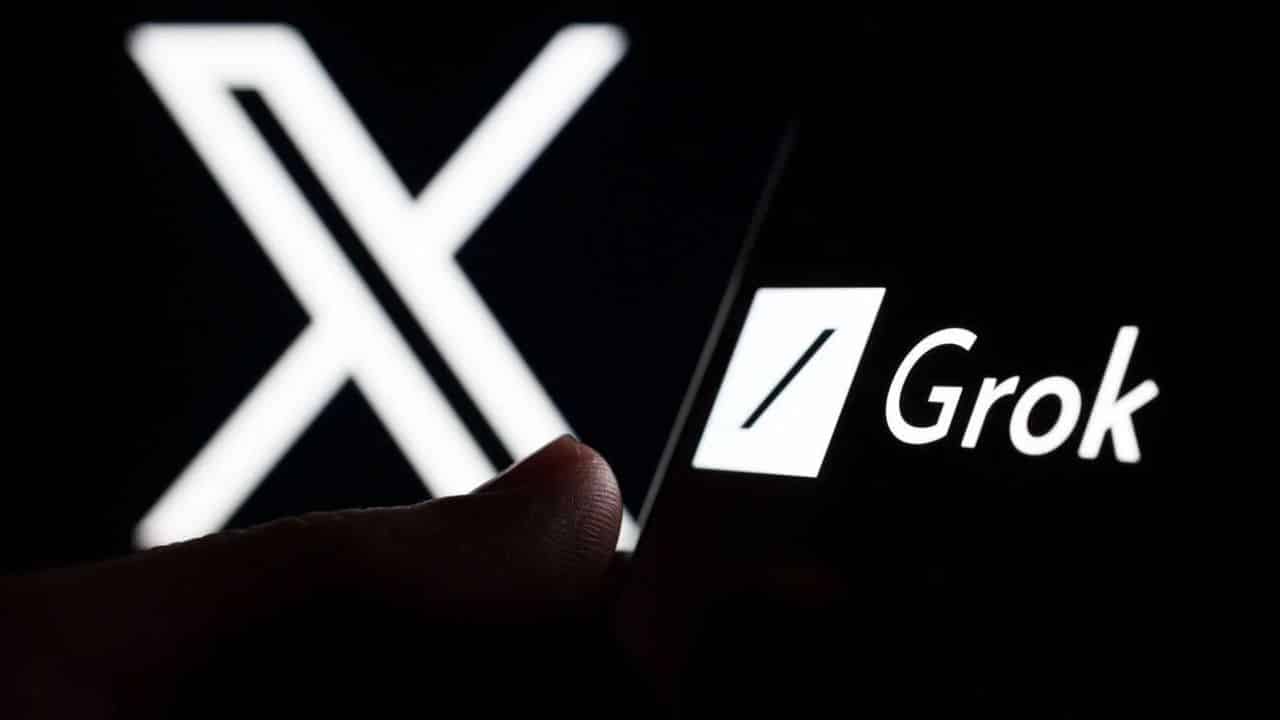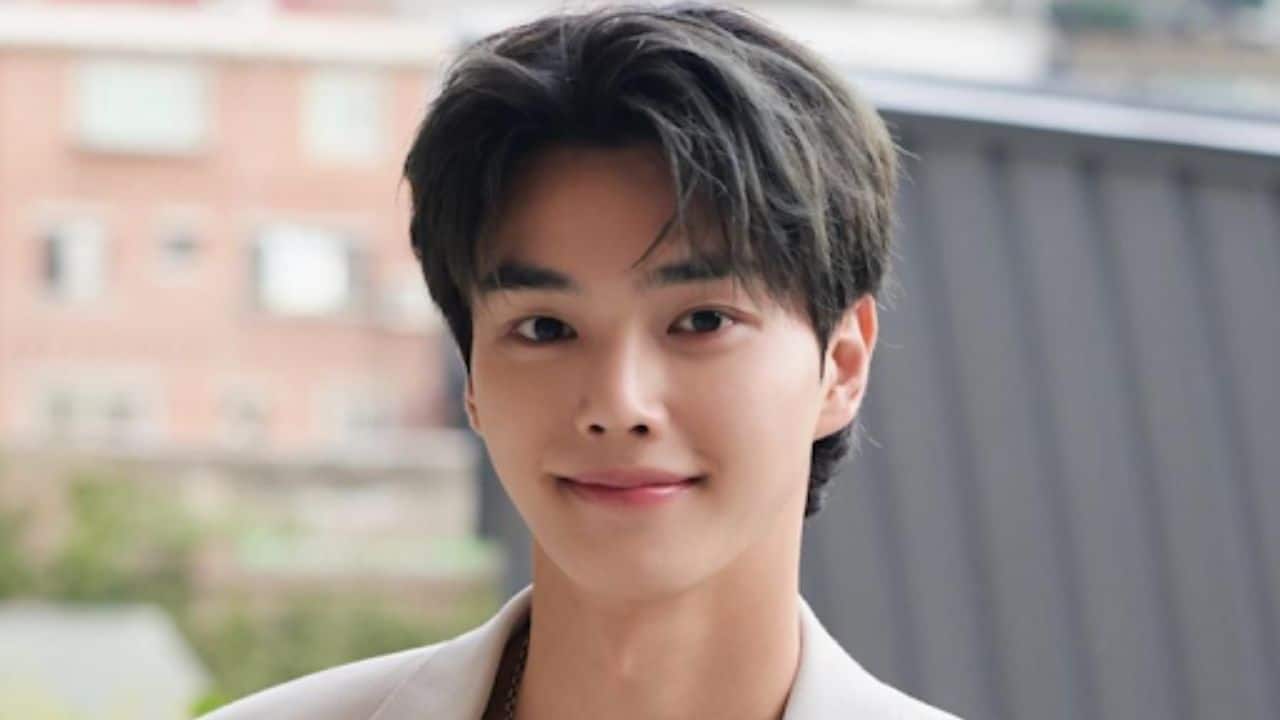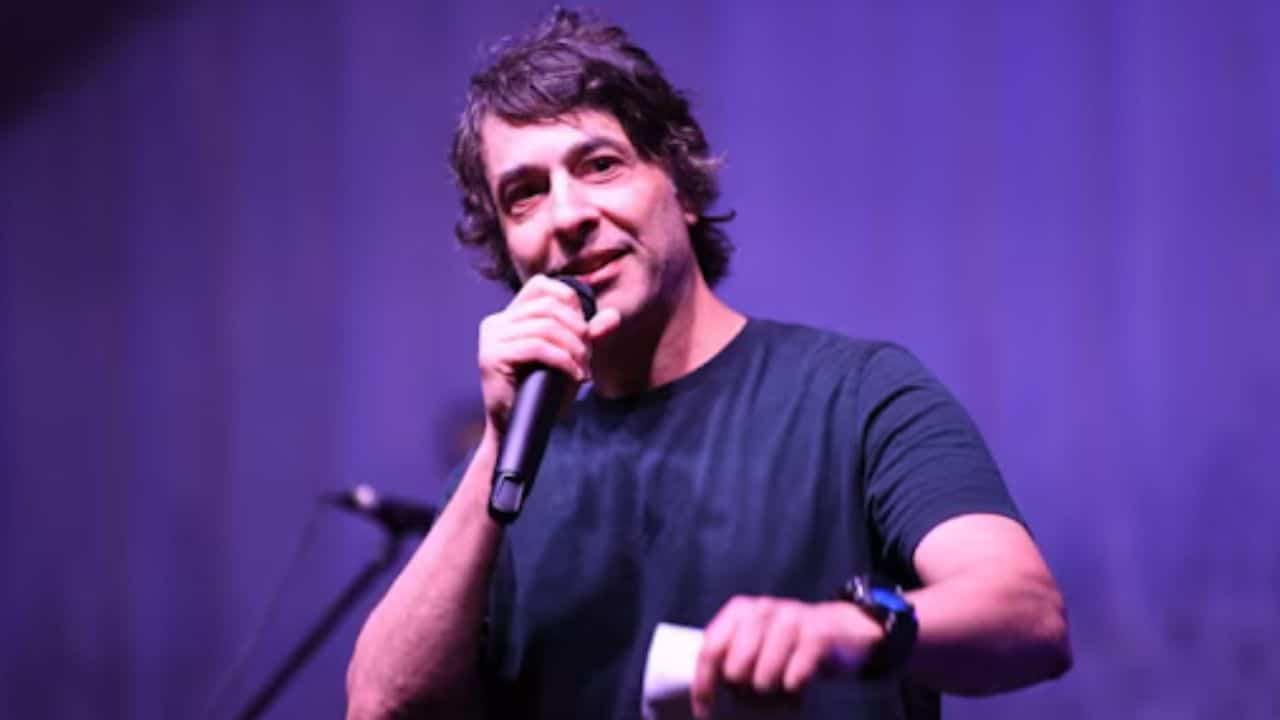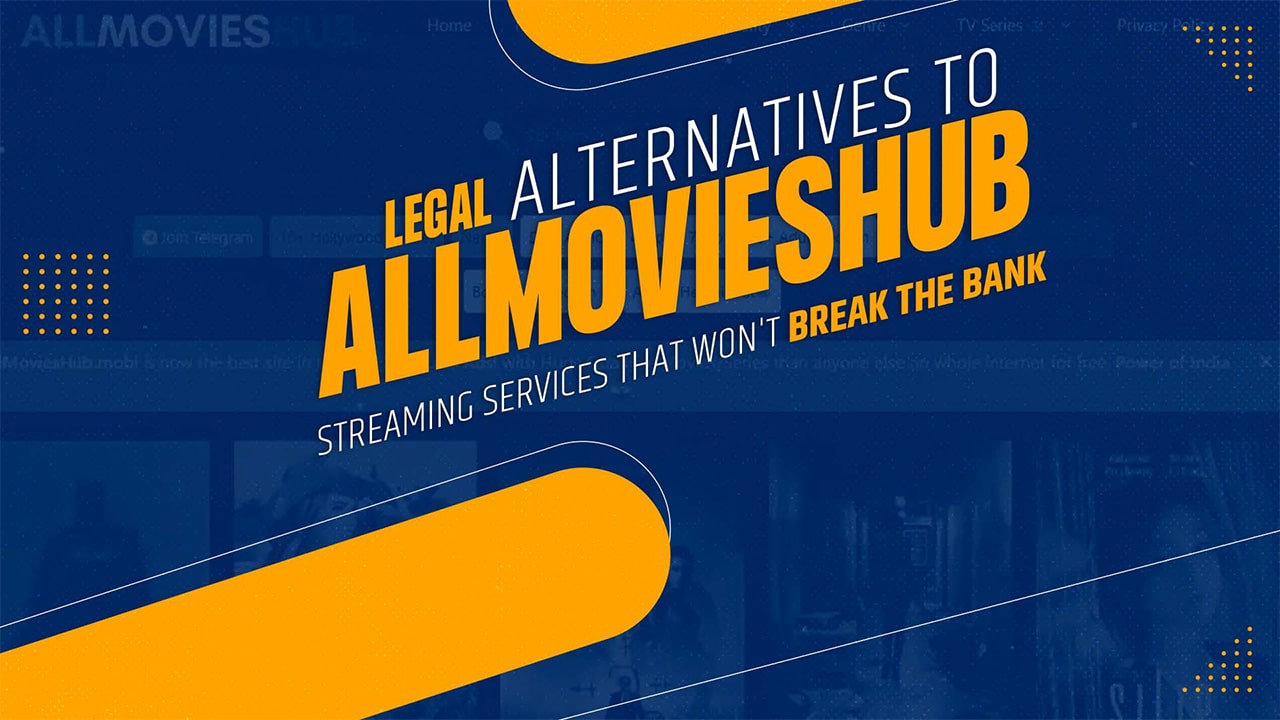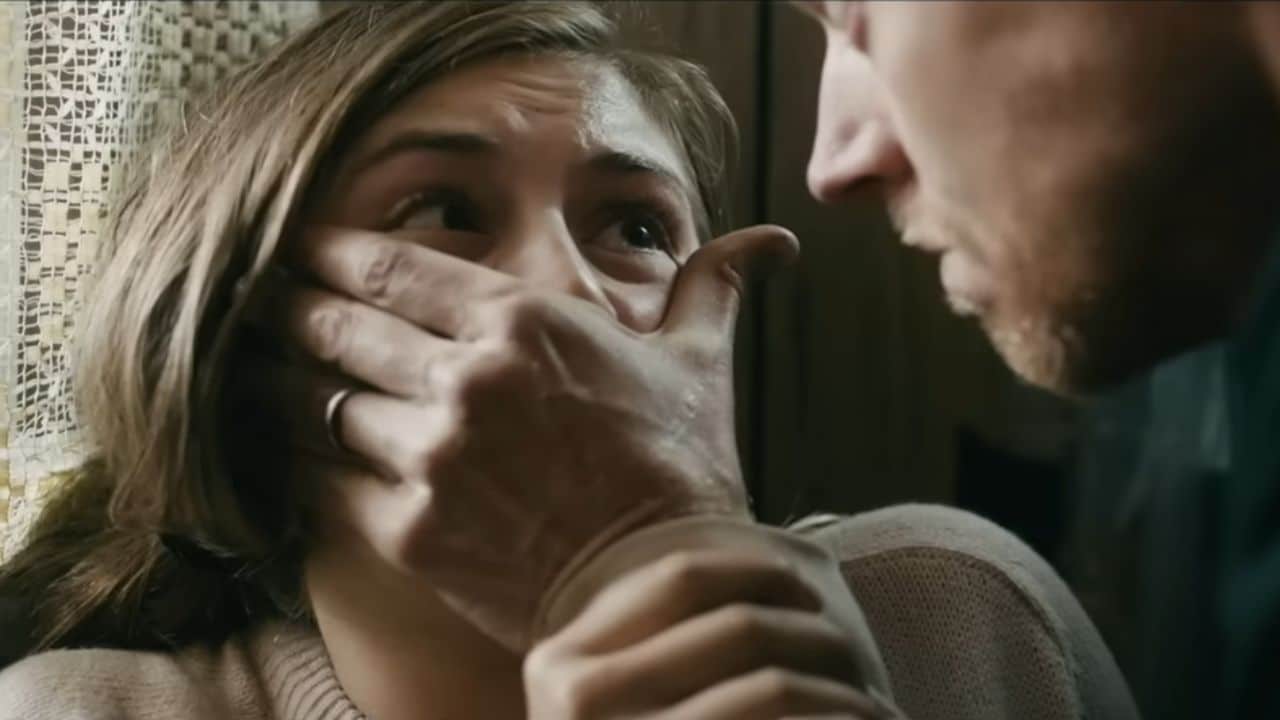Artificial intelligence (AI) is no longer the stuff of science fiction. It’s real, impacting our lives more than we realize. From self-driving cars to smart home devices, AI is changing how we do things with the help of data annotation services and self-learning AI techniques. AI is also reshaping the world of art. AI-generated art has opened up a new world of possibilities for artists and art lovers. Let’s take a closer look at how this technology impacts the different art sectors.
Image Generation
AI-generated images are created through image data collection. This data can be images, 3D models, or even text. The collected image data is then used to train an AI system. Once trained, the AI system generates new images based on what it has learned. This process is similar to how the human brain processes and remembers visual information; it’s just much faster.
Style Transfer
Another way AI can be used for art is style transfer. This technique uses two images: one with the desired content and another with the desired “style” (i.e., colors, textures, etc.). The AI system then combines these two images to create a new work of art with the desired content and style. This makes it easy for artists to create works of art in different styles without having to learn them all individually.
Music Generation
AI isn’t just being used for visual art; it’s also for music composition! Music generation algorithms use input from existing songs and composers’ styles in order to generate their own compositions that sound shockingly like something you’d hear on the radio—or even better! This technology has already been used by some big names in the music industry, and its popularity continues to grow as musicians seek out new ways to push boundaries and innovate within their craft.
Interactive Art Installations
Similar to static works of art, AI can also be used for interactive installations as well! These installations use computer vision algorithms combined with physical objects in order to create unique experiences that respond directly to users’ movements and gestures. For example, an interactive installation might respond differently depending on whether someone smiles or frowns while standing in front of it—which could make for some pretty interesting conversations between viewers and their environment!
Creative Writing
AI isn’t just revolutionizing visuals; it’s also changing creative writing. With natural language processing (NLP), AI can generate compelling stories, poems, and even complete books. AI systems can also assist writers in their creative process, providing data-driven insights about words, phrases, and ideas that could take their writing to the next level.
AI may be transforming art and literature, but it’s not without its risks. To ensure data accuracy and quality of results, a data quality assurance process is essential before deploying any AI system for art or creative writing projects. This process involves testing data sets for accuracy and completeness prior to using them to train an AI system. It also involves monitoring data outputs regularly to ensure they match the desired result — human-made or otherwise.
Conclusion
It’s clear that AI-generated art is having a huge impact on the future of art—and it’s only going to become more prevalent over time as this technology advances further and further into uncharted territories. From image creation algorithms to interactive installations, there are countless ways that artists can leverage artificial intelligence both now and in the future. So if you are interested in exploring this field further, now is the time! With so many exciting possibilities ahead, one thing is certain: AI-generated art will continue shaping our understanding of what constitutes “art” long into the future!

